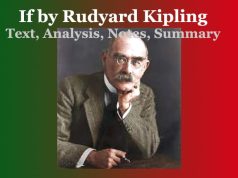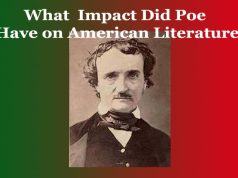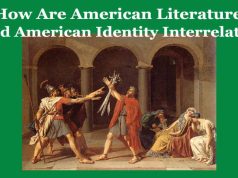Chief Characteristics of Metaphysical Poetry
Chief Characteristics of Metaphysical Poetry
Chief Characteristics of Metaphysical Poetry
Introduction:
Metaphysical poetry, a compelling movement in 17th-century literature, is characterized by its intricacy, depth, and innovation. This style is epitomized by poets like John Donne, George Herbert, Andrew Marvell, and Henry Vaughan, who crafted verse embodying elaborate conceits, intellectual depth, intricate juxtapositions, witty argumentation, emotional reserve, unconventional imagery, and unique rhythms.
Conceits and Extended Metaphors:
Metaphysical poets often employed elaborate metaphors, known as conceits, to illustrate complex ideas. John Donne’s “A Valediction: Forbidding Mourning” illustrates this with the extended metaphor of a compass to represent the bond between two lovers: “Our two souls, therefore, which are one, / Though I must go, endure not yet / A breach, but an expansion, / Like gold to airy thinness beat.”
Intellectual Exploration:
George Herbert’s “The Pulley” delves into theological concepts, musing on God’s design for man: “When God at first made man, / Having a glass of blessings standing by… Yet let him keep the rest, / But keep them with repining restlessness.”
Complexity and Juxtaposition:
Andrew Marvell’s “To His Coy Mistress” juxtaposes time and love, creating a tension between desire and the inevitability of time: “But at my back I always hear / Time’s wingèd chariot hurrying near; / And yonder all before us lie / Deserts of vast eternity.”
Use of Wit and Argumentative Tone:
Donne’s “The Flea” showcases an argumentative tone, employing wit to persuade a lover: “It sucked me first, and now sucks thee, / And in this flea our two bloods mingled be; / Thou know’st that this cannot be said / A sin, nor shame, nor loss of maidenhead.”
Emotional Detachment:
Henry Vaughan’s “The World” observes life with detachment: “I saw eternity the other night, / Like a great ring of pure and endless light, / All calm, as it was bright.”
Complex Rhythms and Meter:
Donne’s “Batter my heart, three-person’d God” showcases irregular meter and forceful expression: “Batter my heart, three-person’d God, for you / As yet but knock, breathe, shine, and seek to mend.”
Unexpected Imagery and Unconventional Themes:
Donne’s “The Canonization” uses unconventional imagery to extol love: “For God’s sake hold your tongue, and let me love, / Or chide my palsy, or my gout, / My five gray hairs, or ruined fortune flout.”
Conclusion:
Metaphysical poetry‘s enduring allure resides in its fusion of intellectual depth and poetic craftsmanship. These poets challenged traditional poetic norms, engaging readers in thought-provoking contemplations through their ingenious use of language and exploration of profound ideas. Their legacy endures, inviting readers to explore the intricacies of existence through the lens of unconventional yet vivid poetic expressions. 0 0 0.
Chief Characteristics of Metaphysical Poetry
You May Like:







